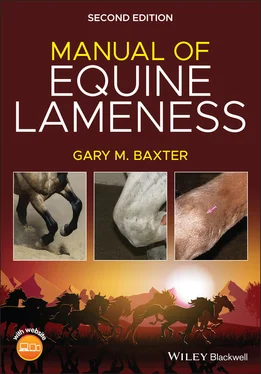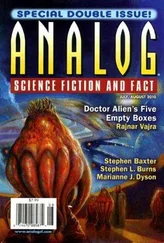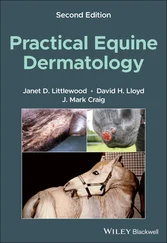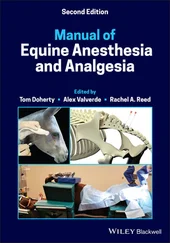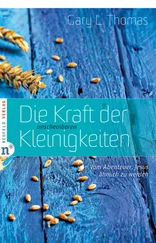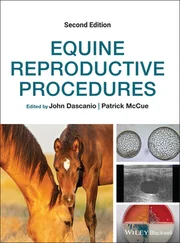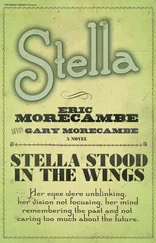Предлагаем к чтению аннотацию, описание, краткое содержание или предисловие
(зависит от того, что написал сам автор книги «Manual of Equine Lameness»).
Если вы не нашли необходимую информацию о книге —
напишите в комментариях, мы постараемся отыскать её.
MANUAL OF EQUINE LAMENESS <p><b>Discover a concise and accessible guide to diagnosing and managing lameness in horses </b> <p>The revised Second Edition of<i> Manual of Equine Lameness </i>offers a concise and accessible manual of lameness diagnosis and treatment in horses. Perfect for use as a quick reference, this book provides straightforward access to the essentials of equine lameness, including the clinical assessment of the horse and commonly performed diagnostic nerve blocks and the most common conditions of the foot, forelimb, and hindlimb that may be contributing to the lameness. Current therapeutic options to treat lameness are also discussed, as well as guidance on how to manage musculoskeletal emergencies. The content has been distilled from the authoritative Seventh Edition of <i>Adams and Stashak’s Lameness in Horses,</i> and this new edition has been re-envisioned to be even quicker and easier to navigate than the previous version. <p>Color photographs and illustrations support the text, which presents lameness information most relevant to equine general practitioners, mixed animal practitioners, and veterinary students. A companion website offers videos that focus on the clinical examination of the horse and select diagnostic blocks and relevant anatomy. Diagnostic and treatment material has been revised from the previous edition to include the most up-to-date information. <p>Readers will find: <ul><li>A thorough introduction to the assessment of the lame horse, including history, visual exam, palpation, subjective and objective assessments of lameness, perineural anesthesia, and intrasynovial anesthesia</li> <li>An exploration of common conditions of the foot, including the navicular region and soft tissue injuries, coffin joint and distal phalanx conditions, and laminitis </li> <li>Discussions of the most common conditions of the forelimb, including the pastern, fetlock, metacarpus/metatarsus, carpus, antebrachium, elbow, and humerus, as well as the shoulder and scapula</li> <li>Discussions of common conditions of the hindlimb and axial skeleton</li> <li>A review of therapeutic options to treat lameness conditions</li> <li>How to manage musculoskeletal emergencies in the horse</li></ul> <p>Ideal for veterinary students, early career equine practitioners, and mixed animal veterinarians, the Second Edition of<i> Manual of Equine Lameness </i>is an indispensable reference for any veterinarian seeking a concise one-stop reference for equine lameness.
